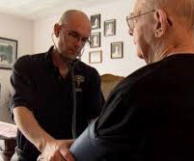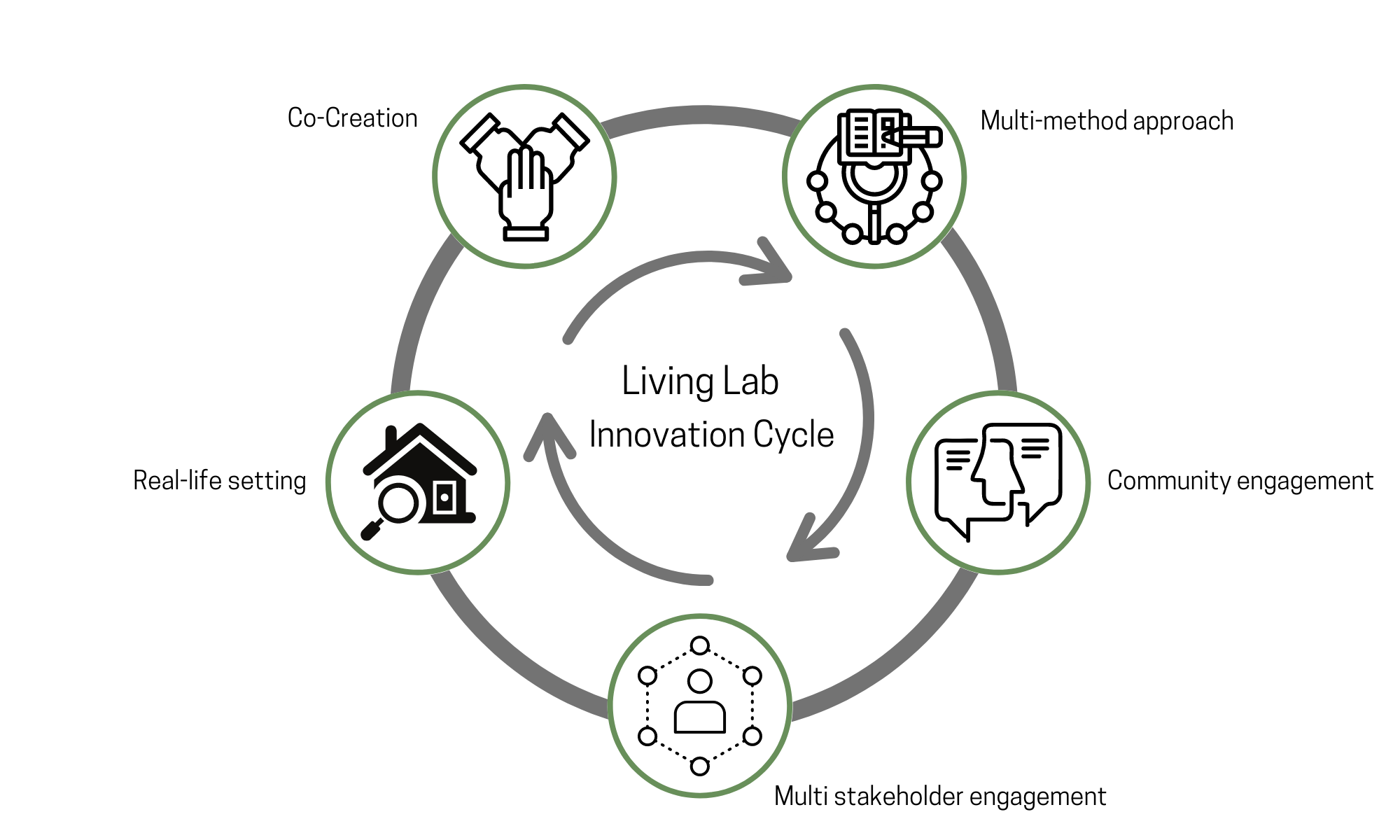Deep River Ontario is a small community of less than 5,000 people nestled on the shores of the Ottawa River. A 2 hour drive northwest of Ottawa, it is home to the Chalk River Nuclear Research Laboratory, Canada's foremost nuclear research lab.

Like many smaller communities in Ontario and across Canada, Deep River is an aging community. In 2006, with more than 20% of its citizens over the age of sixty-five, Deep River began experimenting with a number of innovations in caring for seniors. As one example, in 2006, Deep River was the only place in the Ottawa region where seniors had a full range of housing options longterm care, supportive housing, respite care and day programs all offered through the same facility.
Another Deep River innovation in caring for its most vulnerable seniors emerged from the discovery by the Town's paramedics that the majority of their 911 emergency calls were coming from seniors who were living alone. Digging a bit more deeply into these statistics, they discovered that seniors with anxieties or in need of health advice who were living at home often had no one else to call except 911. Knowing that the community's nursing home faced long waiting lists, they decided to do something about this issue themselves.
Within five years, the number of 911 calls from vulnerable seniors had been cut by 50% with the introduction of an innovative Community Paramedics Program that makes regular, frequent visits to the community's 32 vulnerable seniors. During these visits, the paramedics perform basic health checks that can include monitoring that clients are eating well and helping them with their exercise regimes.
Not only has Deep River's Community Paramedics Program been successful in reducing 911 calls, data shows that the program has been credited with:
- Reducing hospital visits by these vulnerable seniors by 50%;
- Removing a number of these seniors from nursing home waiting lists;
- Saving an estimated $1.6 million dollars to Ontario's health care system by supporting vulnerable seniors to remain in their own homes;
It costs about $75,000 per year to operate Deep River's Community Paramedics Program. Each week, 4 out of Deep River's 12 paramedics rotate through weekly shifts visiting seniors. Organizers estimate it costs the health care system about $60,000 a year for a bed in a public nursing home and note that the community paramedics program offers similar care, at home, for nearly $50,000 less. Michael Nolan, chief paramedic for the County of Renfrew, is a real advocate for the program. He states, "I have a very strong belief in community paramedicine and preventive medicine, not just the more reactive and emergent calls. We're starting to see that more and more Canadians want this sort of care," he says, "and actually, this care is often cheaper to provide than institutional care."
Pilot projects based on Deep River's Community Paramedics Program are now in York Region, and also being considered by governments in Alberta, British Columbia, Saskatchewan and Manitoba.
Mike Nolan envisions a future where "the steady hand of a paramedic, some good advice from family members and the watchful eye of the community" can help keep seniors across the country living at home throughout old age.
Visit the County of Renfrew Community Paramedic Program webpage.




